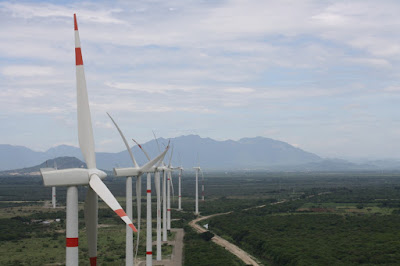Risks for Hydropower

With most hydro resources already developed, renewable developments in Europe focus almost entirely on other energy sources such as wind, biomass, solar photovoltaics and ocean conversion. There is no reported mid- or large-scale hydro development in the pipeline but there are continued installations of small hydro plants. This expansion carries with it risk. There are concerns that giant dams may cause the earth to move triggering earthquakes, mentioned above. To date these have been unfounded and a bigger concern is earthquake damage to dams, which may lead to the rapid release of water causing damage downstream. During the 7.1 tremor in April 2010 in Qinghai, China, the Changu plant was damaged. While this damage was not serious or cause lasting damage, other earthquakes could cause serious damage via five mechanisms outlined in the figure below. One of the biggest environmental factors that may affect hydro plants is climate change. Many large scale projects are strongl


